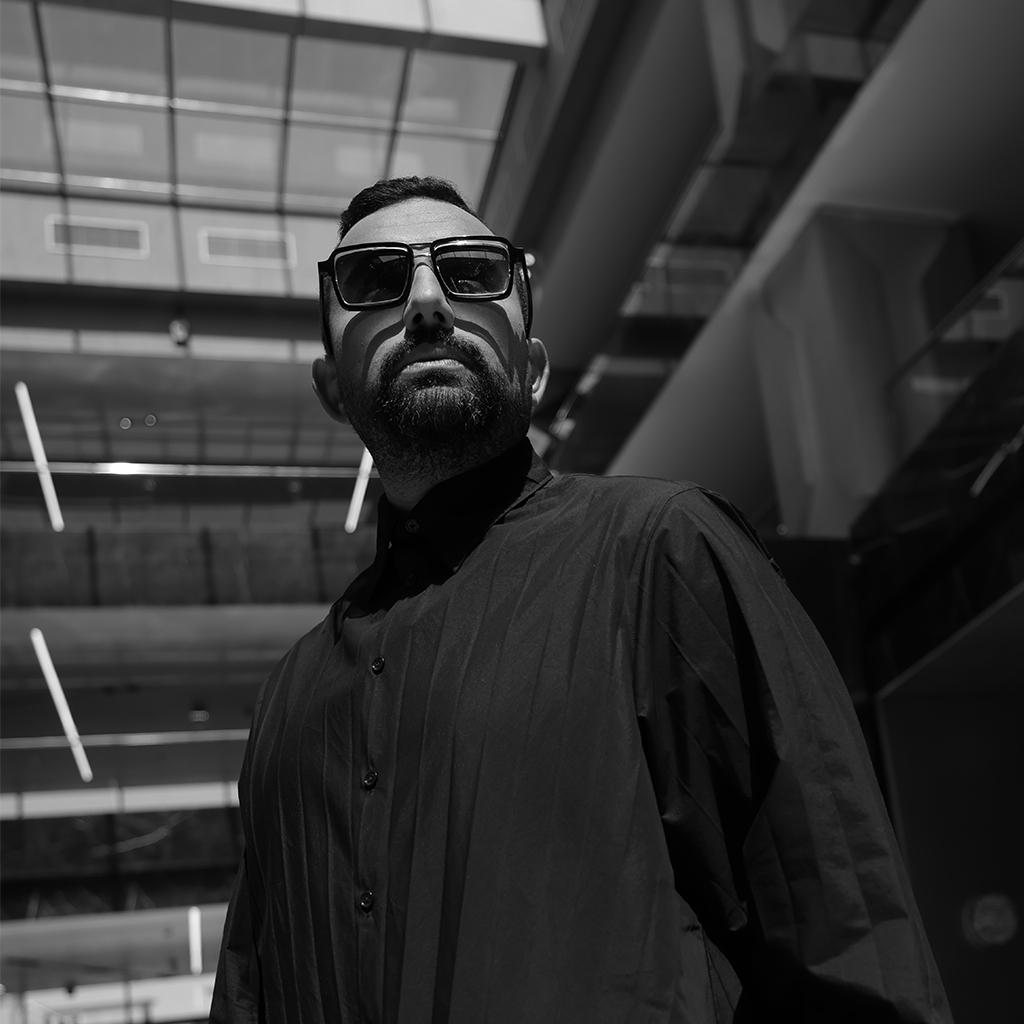
Date: 2020-12-02
by Dr. Khaled Mehrez

There are many differing views and opinions about the function of complexity and to what extent it provides a richness in the multiple fields of design like architecture, interior design, and product or graphic design. In some of these fields, there are people that see the function of complexity as a source of disharmony, both in design format and topic, that creates chaos. Those who believe this see the use of diverse materials as something that makes creative work appear scattered. These are often people who believe in the doctrine of the great architect Mies van der Rohe who often expressed his belief that “less is more”. Others adhere to the opposite belief in design. These are people who work to impose their control over the creative production by utilizing a variety of materials and styles. According to this theory, the use of a diversity of subjects, shapes, motifs, and colors is an opportunity to display a richness of design and can fascinate others. This theory falls in line with the ideas of the American architect Robert Venturi, who is the author of numerous publications in which he defends the theory that “less is bore”. By this, he means that complexity and contradiction make a design rich and interesting. This approach prefers a mix of styles rather than a separation of styles, indirectness rather than directness, mystery rather than clarity, and abundance rather than simplicity.
 Calligraphy Design
Calligraphy Design
Given the importance of this subject for me and for many designers, it brings us back to the special, self-experience module for each designer. When designing, there are many considerations that overlap with one another, but the most important is that of a designer’s own culture. This includes the techniques that he learned in the beginning of his artistic career and from his favorite professors as well as the influence from the environment where he grew up that formed his character and played an important role in determining his artistic style.
Many of us also go through stages of transformation, and we sometimes switch our creative style from the beginning of our careers to another doctrine at the final stage, while a strong bond remains between the distinguished stages.
From my own point of view, my belief in the richness of diversity stems from the definition of richness being something that comes from compatible difference, a meaning that is an oxymoron combining two contradicting terms, like saying “cheerful pessimist”. Diversity in design has no limits in the variation of shapes, colors, and materials that can be use. But diversity also includes variations in style and artistic technique that appear in the designer's work.
 Egyptian style
Egyptian style
Usually designers offer similarity in their work, searching for consensus and harmony and escaping from adventures so as not to risk the design becoming homogeneous.In many cases, designers get influenced by the styles of their previous education that have a more traditional character. In fact, the common styles that are taught contribute to the personal perception of a designer. The masterful designer is confident in his tools before incorporating variety in his designs. He moves towards his goals with interest and introduces intentional contrasts and variety without the concept falling into decay, chaos, and disintegration. This designer also seeks unity and coherent identity for his creative work, which requires some experience in expressing various themes.
It seems that the talk about complexity and diversity in design is stressful but attractive. If you are a supporter of a reductionist doctrine, try to reconsider your creative style and experiment with this approach. I believe that you will achieve different results, which many not be positive at first, but with review, practice, and cumulative experience will have you owning this approach and exhibiting richness. Being able to use this approach enables you to utilize diverse content and sometimes circumvent shapes and themes to create a state of compatibility despite the differences of source. Diversity of color, raw material, texture, rhythm, or shapes overlap with each other with a complexity that opens the doors to new opportunities to extend your personal design impact.
 Islamic Salon
Islamic Salon
Normally, when some designers create a specific design, whether in architecture, interior design, or furniture design, they work on repeating specific forms or decorative themes on the same project. They look for a way to link the various elements of design with one another in order to achieve unity and coherence and emphasize the project’s character. This is considered to be a more traditional method, which makes the designer feel secure about achieving the state of compatibility, but many times this state recalls boredom, monotony, and dullness.





